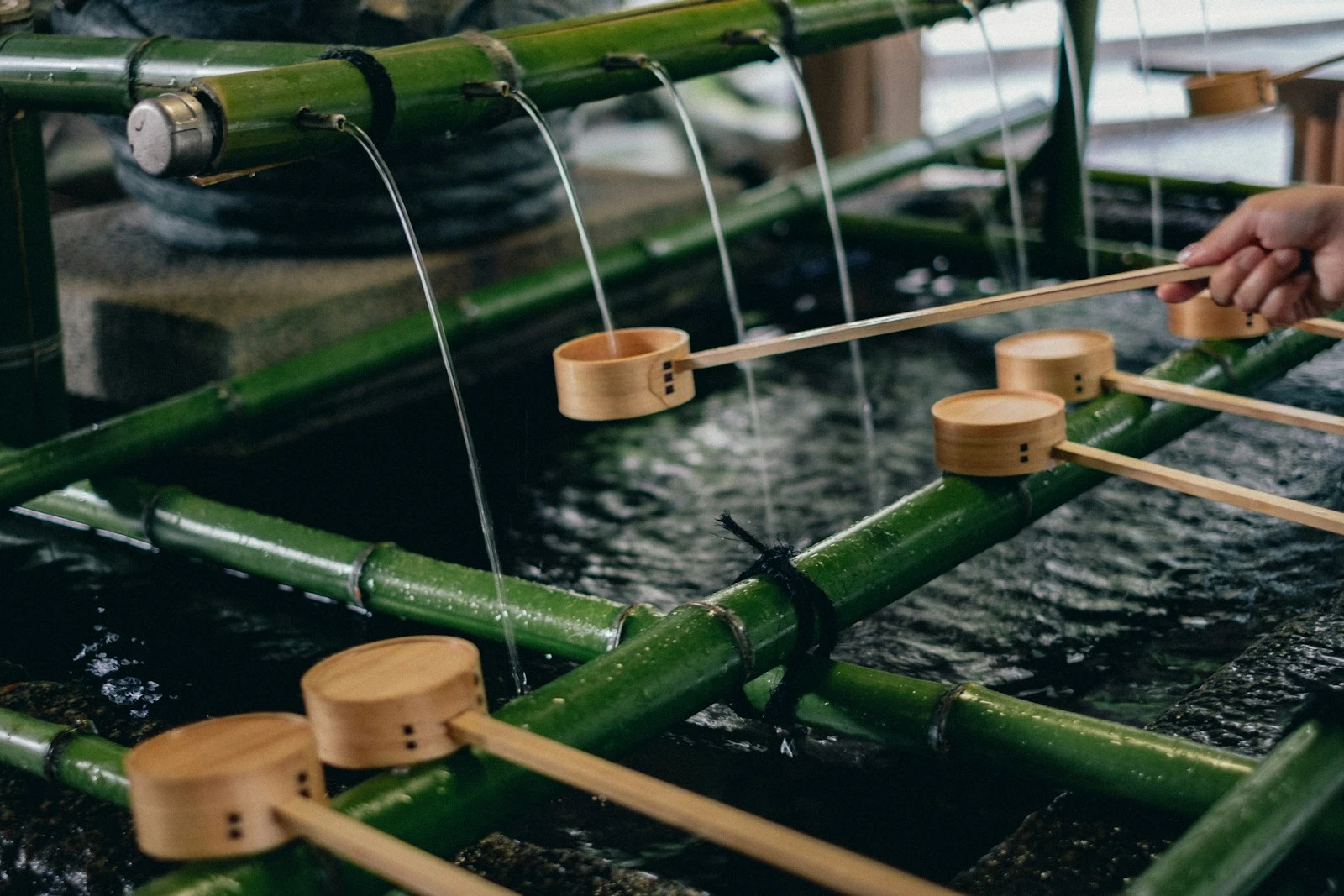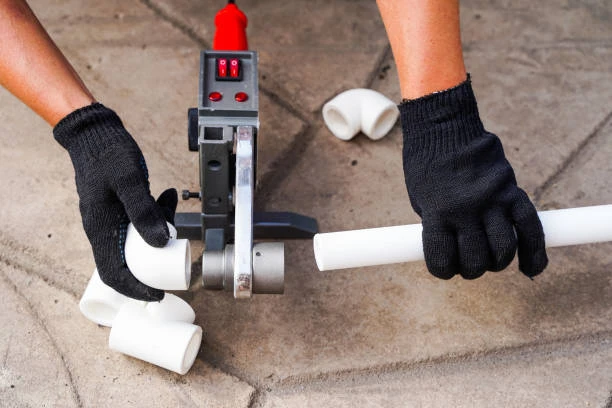Introduce PPR Pipe
When it comes to plumbing systems, choosing the right PPR (Polypropylene Random Copolymer) pipe fittings is crucial for ensuring optimal performance and longevity. PPR Pipe fittings are widely recognized for their durability, corrosion resistance, and ease of installation, making them an excellent choice for various applications. This comprehensive guide will explore the key factors to consider when selecting PPR pipe fittings, the types available, installation tips, and maintenance recommendations. By the end of this article, you’ll have the knowledge needed to make informed choices for your plumbing needs.
Understanding PPR Pipe and Fittings
What Are PPR Pipe?
PPR pipes are plastic pipes made from polypropylene, known for their excellent chemical resistance and thermal stability. They are often used in hot and cold water distribution systems, heating installations, and even industrial applications due to their robustness.
Benefits of PPR Pipe
- Durability: PPR pipes have a lifespan of over 50 years.
- Corrosion Resistance: Unlike metal pipes, PPR does not rust or corrode.
- Low Thermal Conductivity: This property helps maintain water temperature and saves energy.
- Lightweight: PPR pipes are easy to transport and handle during installation.
- Non-toxic: They are safe for potable water applications.
Importance of PPR Pipe Fittings
PPR pipe fittings connect pipes and ensure the system operates effectively. They come in various shapes and sizes to accommodate different installation needs, making them integral to the overall plumbing system’s functionality.
Key Factors to Consider When Choosing PPR Pipe Fittings
1. Material Quality
The quality of the PPR material is crucial for the longevity and performance of the fittings. Look for fittings made from high-grade polypropylene, which ensures they can withstand pressure and temperature variations.
- Tip: Always check for certifications or standards (like ISO) that indicate quality.
2. Type of Fitting
PPR fittings come in various types, each serving a specific function. Understanding these types can help you choose the right fittings for your project:
- Elbows: Used to change the direction of the piping.
- Tees: Allow branching of the pipe into two directions.
- Reducers: Connect pipes of different diameters.
- Caps and Plugs: Seal the ends of pipes.
- Valves: Control the flow of water through the pipes.
3. Size Compatibility
Ensure the fittings you choose are compatible with the pipe sizes you are using. PPR pipes and fittings come in standard diameters, so measuring your existing pipes or planning for new installations is essential.
- Tip: Use calipers or a measuring tape to get accurate dimensions.
4. Pressure Rating
Different applications require different pressure ratings. Check the fittings’ specifications to ensure they can handle the maximum pressure in your system.
- Tip: For high-pressure systems, choose fittings rated for at least 20% more than your maximum pressure.
5. Temperature Rating
PPR fittings must withstand temperature variations, especially in hot water systems. Ensure that the fittings you choose can handle the temperatures your system will encounter.
- Tip: Look for fittings rated for at least 95°C (203°F) for hot water applications.
6. Installation Method
Different fittings may require various installation techniques, such as socket fusion or threaded connections. Understanding the installation method will help you choose the right fittings for your skill level and project requirements.
- Tip: If you’re not experienced with socket fusion, consider hiring a professional to ensure proper installation.
7. Manufacturer Reputation
Choose fittings from reputable manufacturers known for quality and reliability. Research brands and read reviews to identify trusted suppliers.
- Tip: Look for manufacturers that offer warranties or guarantees on their products.
8. Cost and Budget
While price shouldn’t be the only factor in your decision, it is essential to consider your budget. PPR fittings can vary widely in price, so compare costs while keeping quality in mind.
- Tip: Sometimes spending a little more upfront for quality fittings can save money in repairs and replacements down the line.
9. Application Type
Consider the specific application for which you are choosing the fittings. For example, residential plumbing may have different requirements than industrial applications.
- Tip: For critical systems, such as potable water, prioritize fittings that meet safety standards.

Installation Tips for PPR Pipe Fittings
Once you’ve chosen the right PPR fittings, proper installation is crucial for ensuring their effectiveness. Here are some tips:
- Preparation: Gather all necessary tools and materials before starting. This includes pipe cutters, socket fusion equipment, or wrenches for threaded fittings.
- Cutting the Pipes: Use a proper pipe cutter to ensure clean, straight cuts. This helps create a better seal when connecting fittings.
- Cleaning the Ends: Clean the ends of the pipes before connecting them to remove any debris or dust, which can affect the seal.
- Heat and Fusion: If using socket fusion fittings, follow the manufacturer’s instructions carefully regarding temperature and timing.
- Test for Leaks: After installation, conduct a pressure test to check for leaks. It’s essential to address any leaks immediately to prevent damage.
Maintenance of PPR Pipe Fittings
PPR pipe fittings are generally low-maintenance, but regular inspections can help extend their lifespan. Here are some maintenance tips:
- Visual Inspections: Periodically check for any visible signs of wear, leaks, or damage.
- Keep It Clean: Regularly clean the exterior of the fittings to remove dust and debris.
- Temperature Monitoring: Ensure that the system is not exposed to temperatures outside the recommended range.
- Professional Inspections: Consider having a professional inspect your plumbing system periodically to catch any potential issues early.
Conclusion
Choosing the right PPR pipe fittings is essential for ensuring the efficiency, safety, and longevity of your plumbing system. By considering factors such as material quality, fitting type, size compatibility, pressure and temperature ratings, installation method, and manufacturer reputation, you can make informed decisions that meet your specific needs. Proper installation and regular maintenance will further enhance the performance of your PPR pipe fittings, ensuring a reliable plumbing system for years to come.
Frequently Asked Questions (FAQs)
- What are PPR pipe fittings made of?
- PPR pipe fittings are made from high-grade polypropylene, which is known for its durability and chemical resistance.
- How do I determine the right size of PPR fittings?
- Measure the diameter of your existing pipes using a caliper or measuring tape to ensure proper compatibility with fittings.
- Can I use PPR fittings for hot water systems?
- Yes, PPR fittings are suitable for hot water systems, typically rated to withstand temperatures up to 95°C (203°F).
- What is the installation method for PPR fittings?
- PPR fittings can be installed using socket fusion or threaded connections, depending on the type of fitting.
- How do I maintain PPR pipe fittings?
- Regular visual inspections, cleaning, and monitoring for leaks or signs of wear can help maintain the integrity of PPR pipe fittings.


















